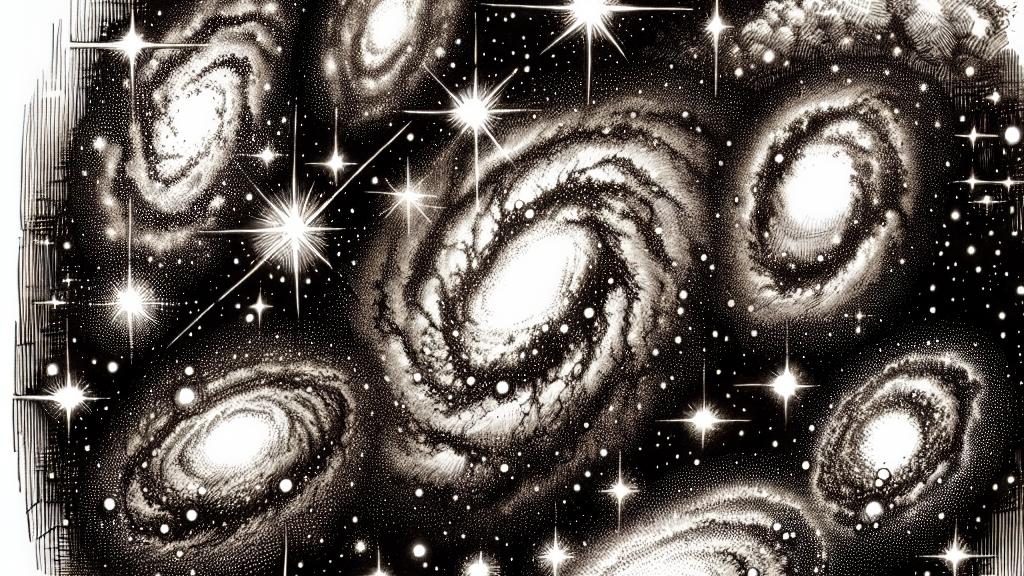The Rapid Growth and Mysterious Demise of Massive Galaxies
Overview
- Exploring massive galaxies reveals fascinating growth patterns and cosmic mysteries.
- Elliptical galaxies, with their intriguing structure, offer insights into the universe's history.
- The sudden halt in star formation poses challenging questions for astronomers and enthusiasts alike.

Unraveling the Enigma of Elliptical Galaxies
Imagine gazing up at the night sky, only to be enchanted by the shimmering, spherical wonders known as elliptical galaxies. These colossal structures, some holding up to a trillion stars, tantalize both scientists and stargazers alike. Based in Denmark, cosmologist Sune Toft spearheads a remarkable journey to comprehend their origins. Unlike their spiral counterparts that parade their arms like celestial dancers, elliptical galaxies appear as fuzzy blobs devoid of intricate structure. Despite their apparent simplicity, they are predominantly composed of ancient stars, prompting a pivotal question: how did these cosmic giants amass such size while forgoing new star formation? Grasping the mysteries behind these ancient residents of the universe is vital to deepening our cosmic understanding.
The Puzzling Cessation of Star Formation
As scientists peer deep into the past, they are met with an astonishing finding—a notable absence of new starlight in these ancient galaxies. Once upon a time, many of them might have burned brightly as starburst galaxies, forming new stars at staggering rates—up to a thousand times faster than our own Milky Way! Dramatic, right? Yet, as time passed, the fireworks dimmed. What silenced the star formation engine of these once-vibrant galaxies? This question captivates the imagination, shining a spotlight on the intricate dynamics of cosmic life cycles. Understanding why these galaxies shifted from profuse creators of stars to quiet custodians of ancient populations reveals critical insights into our universe's evolution.
Galactic Mergers: Cosmic Growth Dynamics
Moreover, we can’t overlook the stunning role of galactic mergers, which resembles a grand cosmic ballet! Picture two massive galaxies colliding in a spectacular show, triggering bursts of new star formation as gases compress and swirl like an interstellar tempest. Take, for example, NGC 4874, an extraordinary giant located in the heart of the Coma Cluster, standing ten times larger than our Milky Way. Such mergers showcase the dynamic nature of galaxy formation, allowing them to grow exponentially. Nevertheless, this raises another intriguing question: what processes cause these galaxies to eventually cease growing? The balance between the explosive interactions that create new stars and the stillness that follows remains an exhilarating topic for researchers, leaving them eager to crack the code of cosmic growth.

Loading...